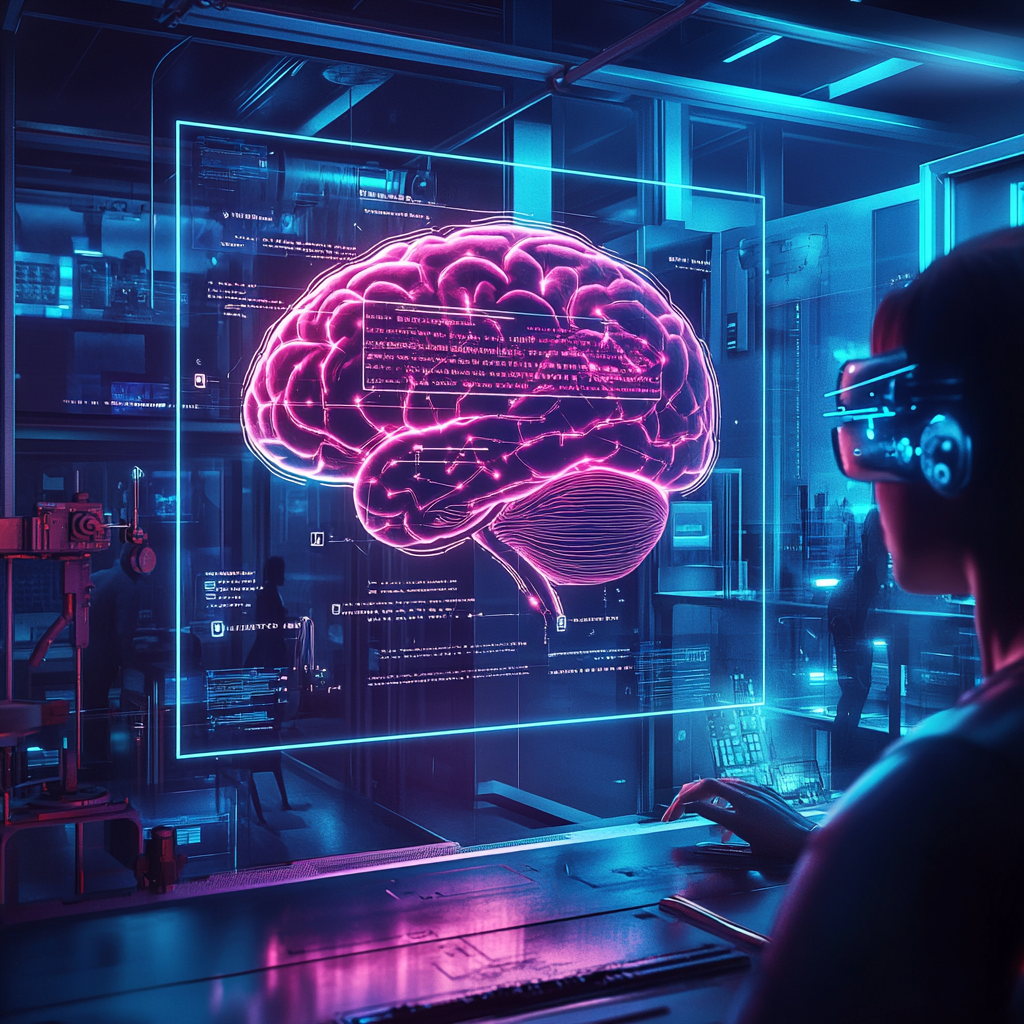It started with aircraft engines, bridges and cooling systems. Digital twins were used to create virtual replicas of machines and industrial processes, allowing for their testing and optimization in a safe, digital environment. However, over time this technology began to permeate into other sectors. In medicine, thanks to patient organ models, it enables precise surgical planning. In the automotive industry, it allows for testing prototypes without building physical vehicles. In architecture, it helps analyze how buildings and bridges perform under different weather conditions.
But like almost every technology with great potential, it eventually made its way where no one expected it: onto the runway. A digital human doppelganger—fully controllable, available 24/7, immune to jet lag and fatigue—is more than just a new trend in the fashion world. This ushers a new era, where the body becomes a file and the face a licensed asset, like a font or a stock photo.






